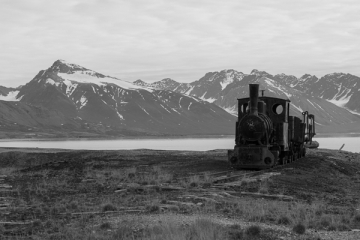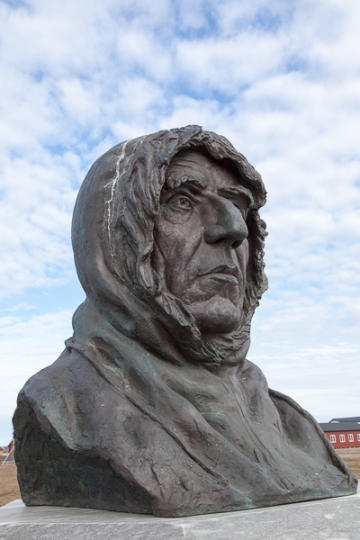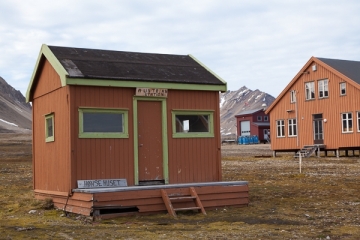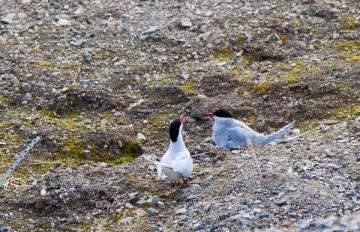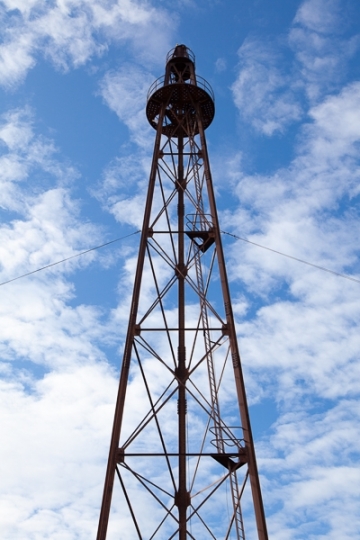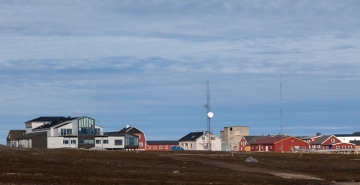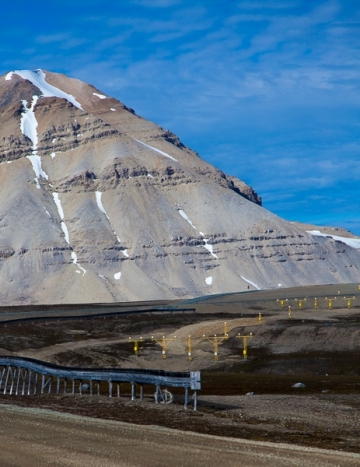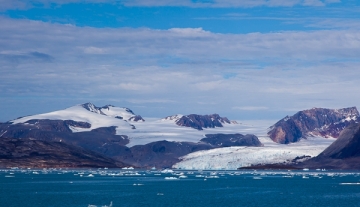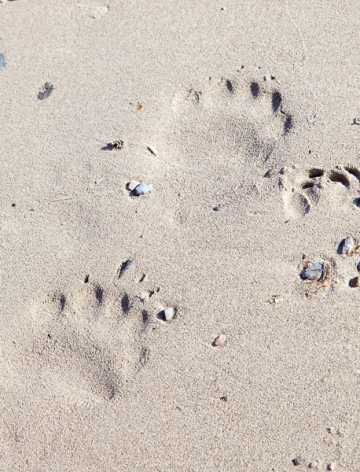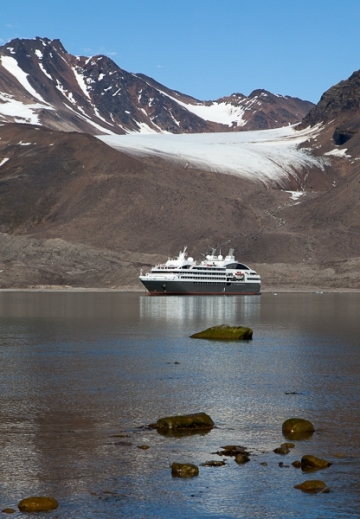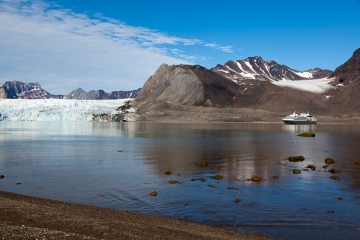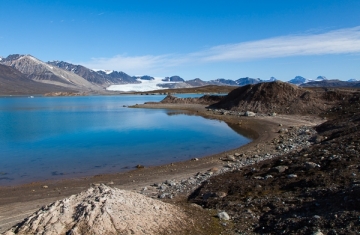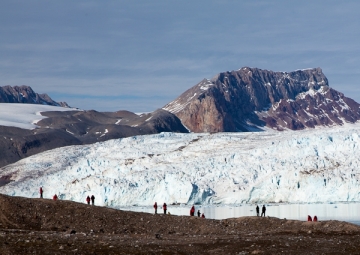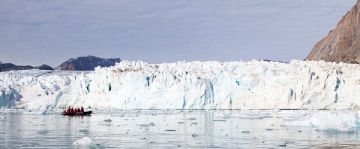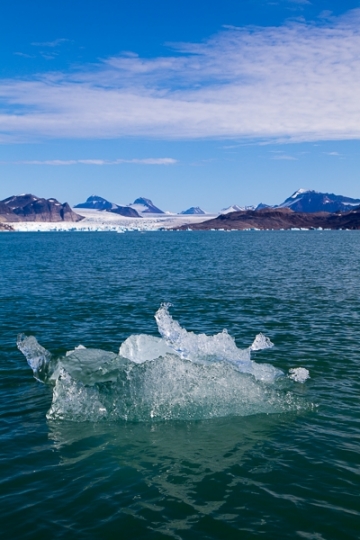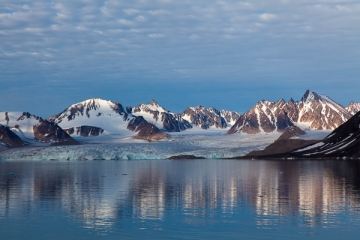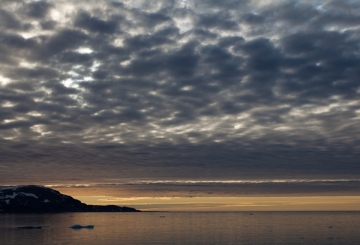Ny Ålesund is an international research station with approximately 25 year-round residents. Countries represented in addition to Norway are South Korea, France, and Austria, amongst others. Ny-Ålesund is also famous for being the starting point for Roald Amundsen’s airship flight over the North Pole in the 1920s, and the tethering mast is still standing (albeit a little rusty) on the shoreline of the harbour. Ny Ålesund has several bird sanctuaries around the perimeter of the buildings, with nesting terns. Arctic terns (like most terns) are extremely territorial, and it takes very little to start them dive-bombing passersby. Two nests near the road turn out to have sizeable chicks that the parents angrily defend by swooping down and pecking nearby heads. It is forbidden to try to wave the birds away when they are dive-bombing you– you have to walk away from their territory as quickly as possible. For a small bird (bigger than a sparrow but smaller than a common myna bird), their long sharp beak and angry cries convey their ‘get away from my nest’ message very clearly.
The ship Ortelius is also near Ny-Ålesund, and we appear to be heading in the same direction.
In the afternoon, we leave Ny-Ålesund and stop at Kongsfjorden for the first wet landing of the expedition. It’s an easy first landing designed to make sure that everyone has some experience at getting into and out of the zodiacs in calm conditions. The landing is on a stony ‘beach’, with some sandy areas further ashore. Much to the delight of everyone ashore, polar bear, reindeer, and arctic fox tracks are found nearby. The walking area is strictly enforced – you can go in one of three directions until you reach a naturalist with a rifle, and that’s the outer perimeter. A curious bearded seal appears to investigate who the new arrivals are but loses interest pretty quickly. A zodiac cruise finds us a black guillemot with bright red legs and a kittiwake that is happy to pose for a portrait.
Later in the afternoon, a polar bear is spotted swimming in the fjord toward a nearby island. It is a good 500m away from the ship, and eventually makes it ashore on the island, snacks on a few bird eggs, and rolls around on the grass like a dog to dry itself off. The 100-400 lens is working well beyond its limits, but I managed to get a passable shot of a very distant polar bear on Day 2 of the expedition – not bad going!

